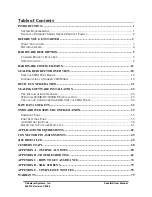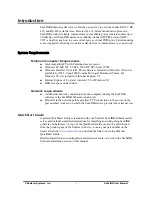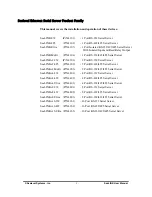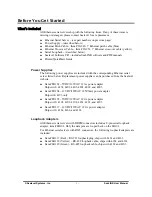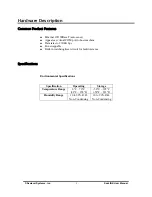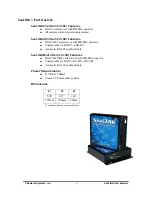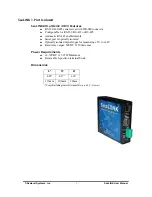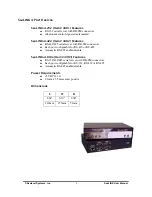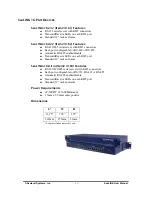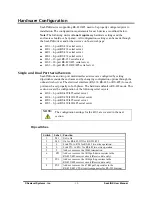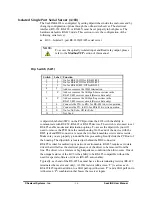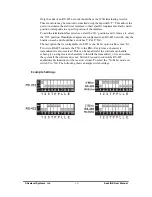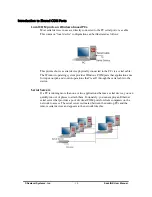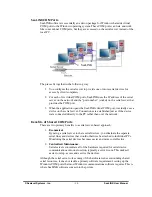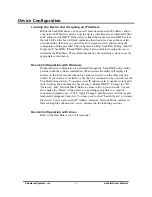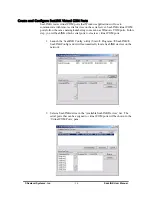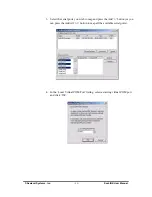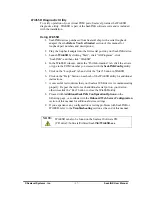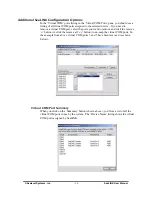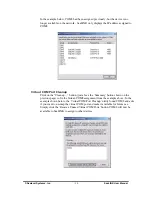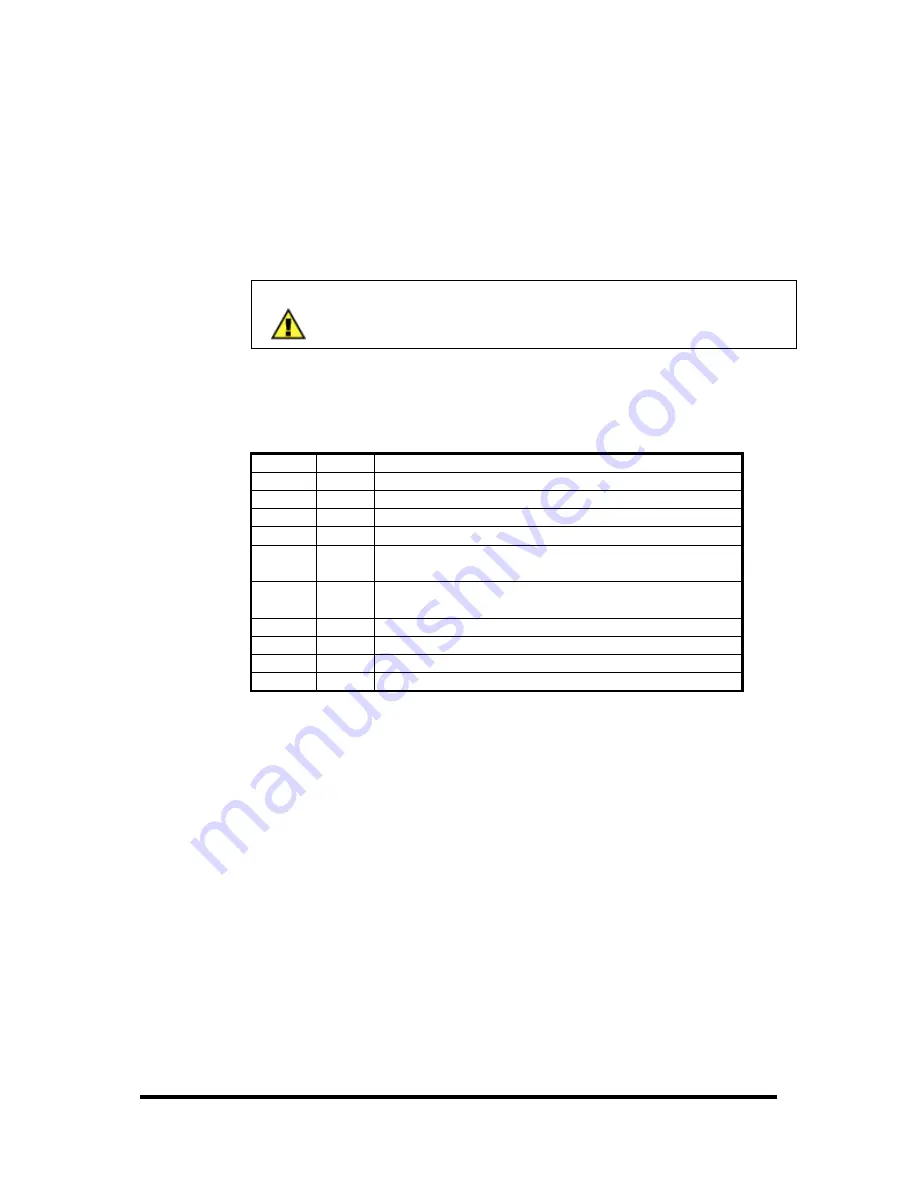
© Sealevel Systems, Inc.
- 14 -
SeaLINK User Manual
Isolated Single Port Serial Server (4103)
The SeaLINK 4103 is configured by setting dipswitches inside the enclosure and by
changing configuration options through the onboard web server. The electrical
interface (RS-232, RS-422, or RS-485) must be set properly in both places. The
hardware default is RS-422 mode. This section covers the configuration of the
following serial server:
4103 – Isolated 1-port RS-232/422/485 serial server
NOTE:
To access the optically isolated input and Reed relay output, please
refer to the
Modbus TCP
section of this manual.
Dip Switch (SW1)
Switch Label Function
1
1
On for RS-232, Off for RS-422/485
2
2
On for RS-485, Off for RS-232/422
3
3
On for RS-422/485, Off for RS-232
4 T
Adds or removes the 120
Ω
termination
5 P
Adds or removes the 1K
Ω
pull-down resistor in the
RS-422/485 receiver circuit (Receive data only)
6 P
Adds or removes the 1K
Ω
pull-up resistor in the
RS-422/485 receiver circuit (Receive data only)
7
L
Connects the TX+ to RX+ for RS-485 two wire operation
8
L
Connects the TX- to RX- for RS-485 two wire operation
9
E
On for No Echo, Off for Echo
10 -
Not
Used
A dipswitch labeled (SW1) on the PCB provides the 4103 with the ability to
communicate with RS-232, RS-422 or RS-485 devices. The switch is also used to set
RS-485 enable modes and termination options. To access the dipswitch, you will
need to remove the PCB from the metal housing. On the end of the device with the
RJ45 jack and DB9 connector, remove the two black machine screws and set aside.
Make sure you are properly grounded before proceeding. Gently slide the PCB out of
the housing. The dipswitch is located just behind the DB9 connector.
RS-485 is ideal for multi-drop or network environments. RS-485 requires a tri-state
driver that will allow the electrical presence of the driver to be removed from the
line. The driver is in a tri-state or high impedance condition when this occurs. One of
the unique features of the 4103 is the ability to be RS-485 compatible without the
need for special software or drivers (RS-485 auto-enable).
Typically, each end of the RS-485 bus must have a line-terminating resistor (RS-422
terminates the receive end only). A 120
Ω
resistor (silk-screen ‘T’) is across each
RS-422/485 input in addition to a 1K
Ω
pull-up (silk-screen ‘P’) and a 1K
Ω
pull down
(silk-screen ‘P’) combination that biases the receiver inputs.

